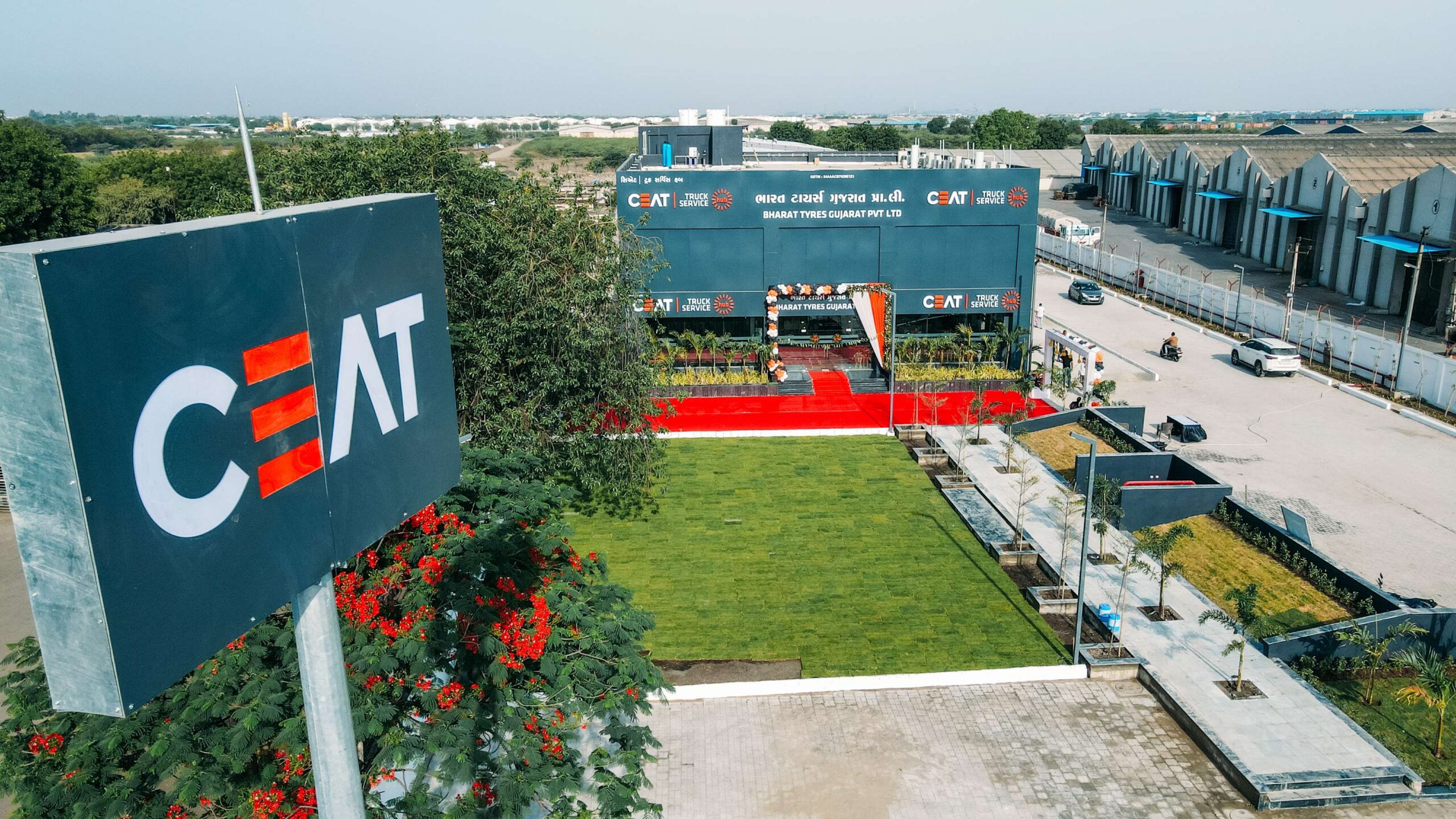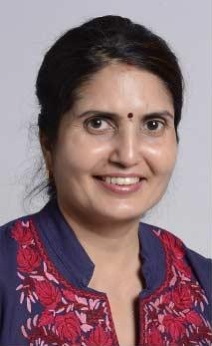Vericut for Aerospace Manufacturers


The next version of Vericut, set for release this year, lets programmers “see” additive and subtractive operations, just as they will occur on the machine
CGTech’s Vericut is widely used in aerospace and defence to improve the efficiency of all types of CNC Machine Tools. Vericut is a CNC machine simulation, verification and optimization software that enables users to eliminate the process of manually proving-out NC programs. Vericut simulates all types of CNC machining, including Multi-axis Milling, Drilling and trimming of composite parts, water jet cutting, robotic machining and mill/turn Centres. Vericut runs standalone, but can also be integrated with leading CAM systems used in aerospace including Dassault Systems CATIA, Siemens PLM NX, Autodesk PowerMill and Open Mind HyperMill.
Aerospace applications featuring the World’s leading CNC Machine Tool suppliers including DMG MORI, MAZAK, Starrag, GROB, CMS and Hermle will be featured.
Simulation as additive, subtractive
share stage
It’s no secret that Additive Manufacturing (AM), while often regarded as “emerging” technology, has secured its place in the manufacturing arena. There is good reason for this: AM offers a lure of solutions to previously impossible-to-solve design and manufacturing challenges. It also offers the potential of reduced costs for those willing to endure a rather steep learning curve, retrain their brains to embrace new concepts that sometimes defy common manufacturing sense, and charge into unknown territory fraught with unforeseen issues, pitfalls, and potentially devastating events. This is the inherent risk for those who tread into a new manufacturing frontier.
Machine tool manufacturers have stepped up to the AM challenge by offering machines ranging from simple 3D printers (CAD model goes in,
an actual part comes out) to complex
multitasking CNC machines capable of alternating between additive build-ups and traditional “subtractive” machining, such as milling, turning and grinding.
This unique breed of additive/subtractive “hybrid” CNC machines often comes with a hefty price tag (more than $ million), and it is extremely challenging to create NC programs that successfully and safely utilize its multitasking abilities. Many sites only have one such hybrid machine so if the target machine is taken down, they typically can’t just move jobs to another machine. That makes on-machine mistakes not only costly but also crippling to delivery schedules. For these reasons, shop owners and NC programmers want to do everything they can to protect them, which makes robust simulation of all these processes a top priority.
Programmers working in additive and hybrid manufacturing environments have surprisingly few options when it comes to simulation. As CAM vendors strive to offer more, and more elaborate methods for building up parts become available, NC programmers are left with the difficult challenge of figuring out which combinations best suit their needs and will work safely on their shiny new, uber-capable hybrid machines.
The most basic level of simulation is the
CAM system just showing material that will be added. While this does show the programmer’s “planned” order in which material is to be added,
it does nothing to show how the NC machine might behave.
A higher level of simulation can be obtained by running additive operations through the CAM system’s “internal” simulation. This can provide an idea of how the NC machine might move when executing additive operations, but there are some significant shortcomings to consider. Most CAM systems cannot show additive build-up combined with subtractive machining processes. And even if they could, this form of simulation is still only the CAM system’s idea of how the machine should move. As many programmers have learned, the actual NC machine can behave differently.
The most comprehensive simulation available for additive/hybrid manufacturing comes by way of using third-party simulation software, such as Vericut by CGTech, to simulate the same post-processed NC code that will be used to drive the machine. The next version of Vericut, set for release this year, lets programmers “see” additive and subtractive operations, just as they will occur on the machine. The software detects potential collisions between machine and/or laser components, and the additive part being built—before any collisions can occur in the shop. The software also provides monitoring of key additive machine functions, such as laser use/power, material feed rates, shielding gas controls, and verifies they are properly used for the type of material being deposited.
For many companies, it is only a matter of time before realizing that additive manufacturing is not only a viable option but a necessary addition to their manufacturing portfolio. For those, simulation provides a key role in showing how various additive and subtractive strategies can be combined to efficiently and safely produce more types of parts, and deliver them faster.

Article was published in Dynamic Manufacturing India magazine Sep – Oct 2017 issue .




